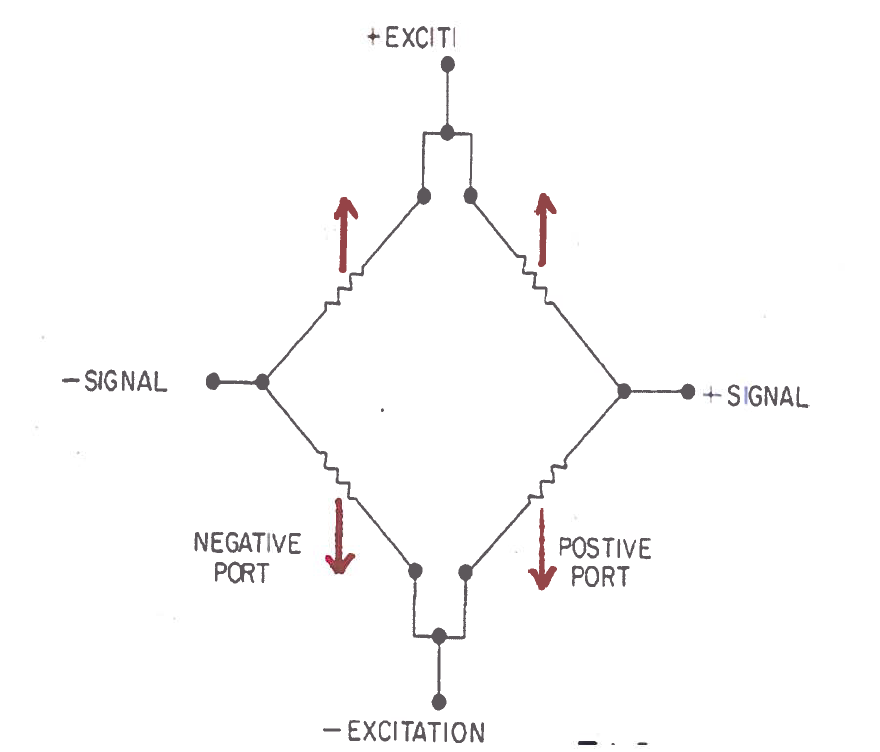Hi,
I am puzzled by my measurements on Wheatstone Bridge ! I measured vout of two separated 1/2 Bridges. Then I subtracted them to obtain Vout difference. Then, I measured the leg of each 1/2 Bridges as well and I calculated the Vout difference of Bridges, using the measured resistances (applying voltage divider rule). I am surprised that the measured Vout difference and the calculated Vout difference are very different. I appreciate any idea. Thanks




